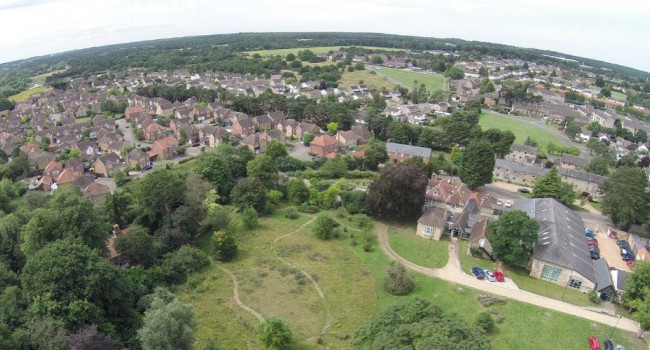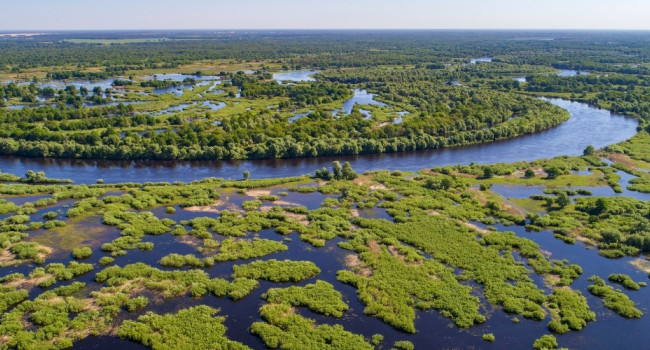Human activities and biodiversity opportunities in pre‐industrial cultural landscapes: relevance to conservation
Author(s): Fuller, R.J., Williamson, T., Barnes, G. & Dolman, P.M.
Published: September 2016
Journal: Journal of Applied Ecology Volume: 54
Digital Identifier No. (DOI): 10.1111/1365-2664.12762
1.Conservation practices in Europe frequently attempt to perpetuate or mimic the ‘tradi-tional’ forms of management of semi-natural habitats, but with a limited understanding of what these entailed.
2.We review the emerging understanding of ecological processes, structures and management interventions that enhance biodiversity (wildlife) at diverse scales. These are then examined in the context of pre-industrial (c. 1200–1750) land management systems in lowland England, in order to identify historic practices which are likely to have provided important wildlife resources, but which are relatively neglected in current conservation management.
3.Principles enhancing alpha and beta diversity and the conservation status of threatened species include structural complexity and heterogeneity at nested spatial scales; physical disturbance and exposure of mineral substrate; nutrient removal; lengthened successional rotations; and spatial variation in grazing regimes.
4.The available evidence suggests that pre-industrial land management was generally characterized by intense resource exploitation and significant levels of biomass harvest; complex nested structural heterogeneity both between and within landscape elements; overlaying of multiple land uses; and spatial and temporal variability in management, rendering the concept of long-lived ‘traditional’ practice problematic. Grazing patterns are poorly understood, but intensive grazing was probably the norm in most contexts, potentially resulting in simplified sward structures and suppressed ecotonal vegetation.
5.In much of the pre-industrial period, early-successional and disturbed microhabitats were widespread, but ungrazed or lightly grazed herb-rich vegetation may have been limited, the converse of current conservation management. The key change since then has been homogenization at multiple scales, coupled with reduction of specific niches and conditions.
6.Synthesis and applications.In adopting perceived ‘traditional’ management practices, mod-ern conservation rarely achieves the range and complexity of conditions that were present in the past. A better understanding of past practices allows more favourable management of those surviving semi-natural habitats where historic assemblages persist–with greater emphasis on physical disturbance and variability in prescriptions both temporally and spatially.When creating or restoring habitats, after interruption of management sufficiently long for dependent assemblages to be lost, better appreciation of historic management encourages novel forms of intervention to enhance biodiversity, with emphasis on complex structural and spatial heterogeneity at nested scales, biomass removal and nutrient reduction. These strongly management-based approaches are complementary to the use of large herbivores to create and maintain dynamic ecotonal mosaics in the manner advocated by some proponents of ‘rewilding’.







Share this page